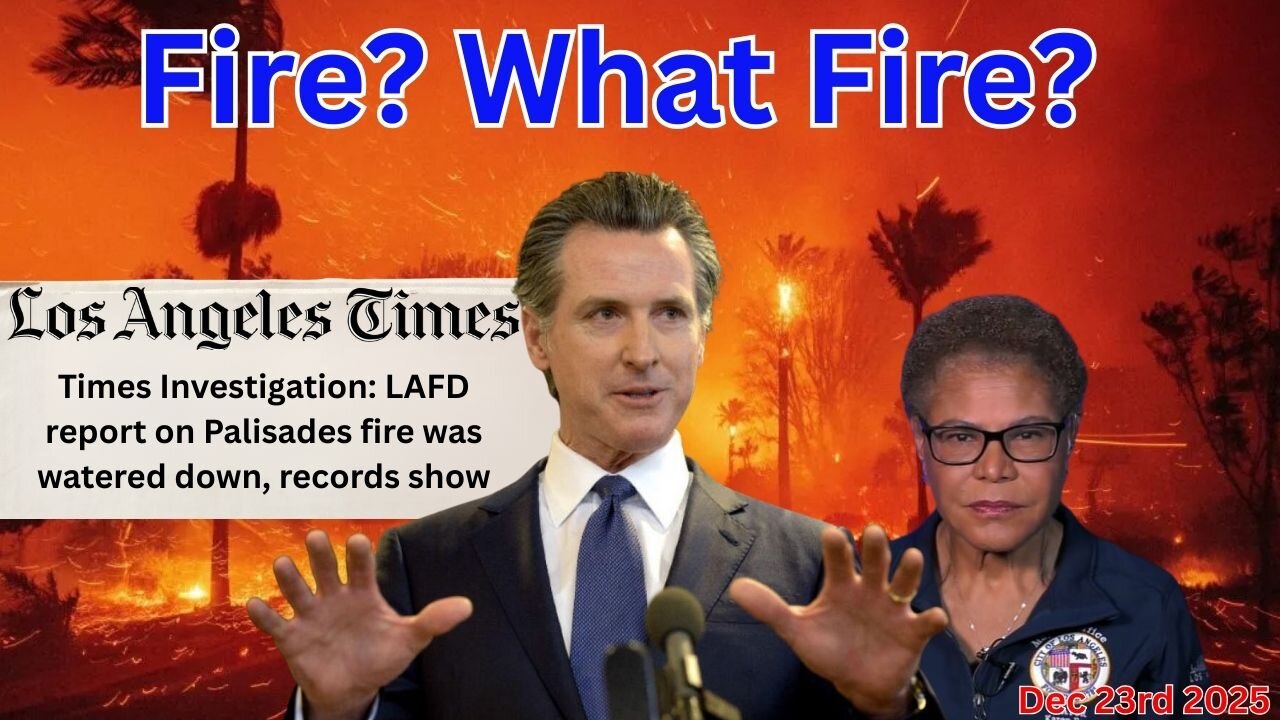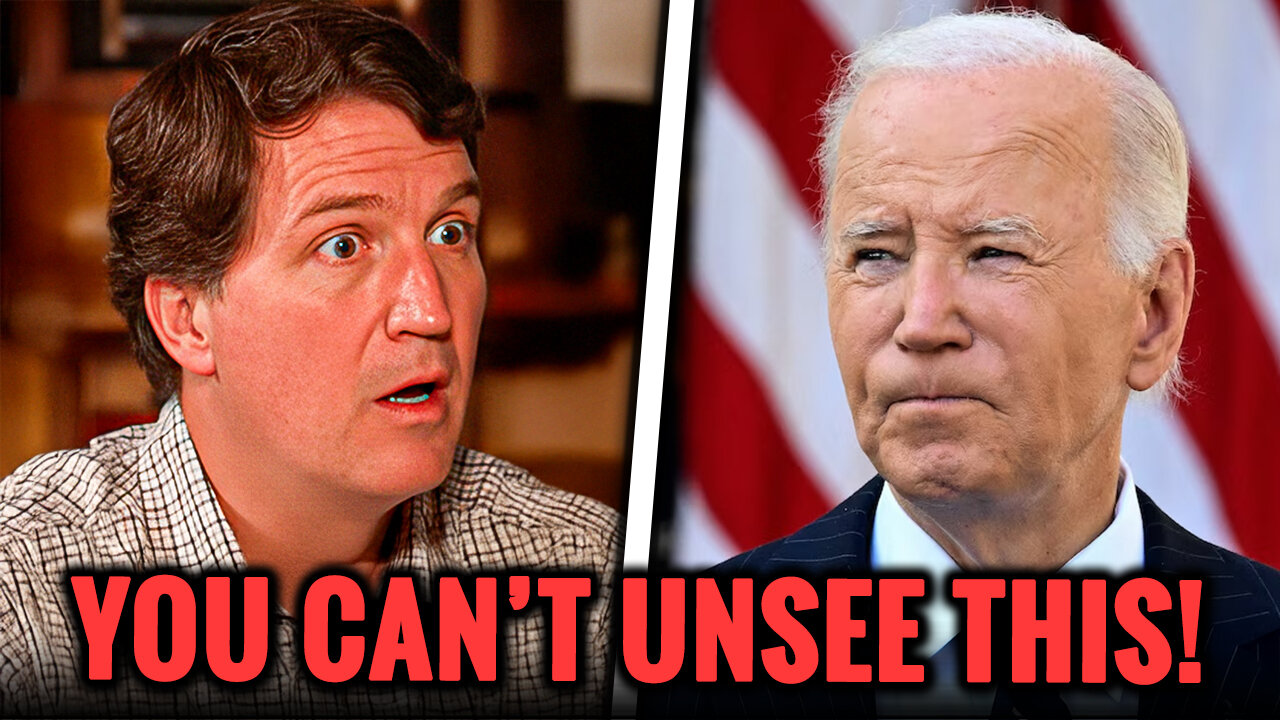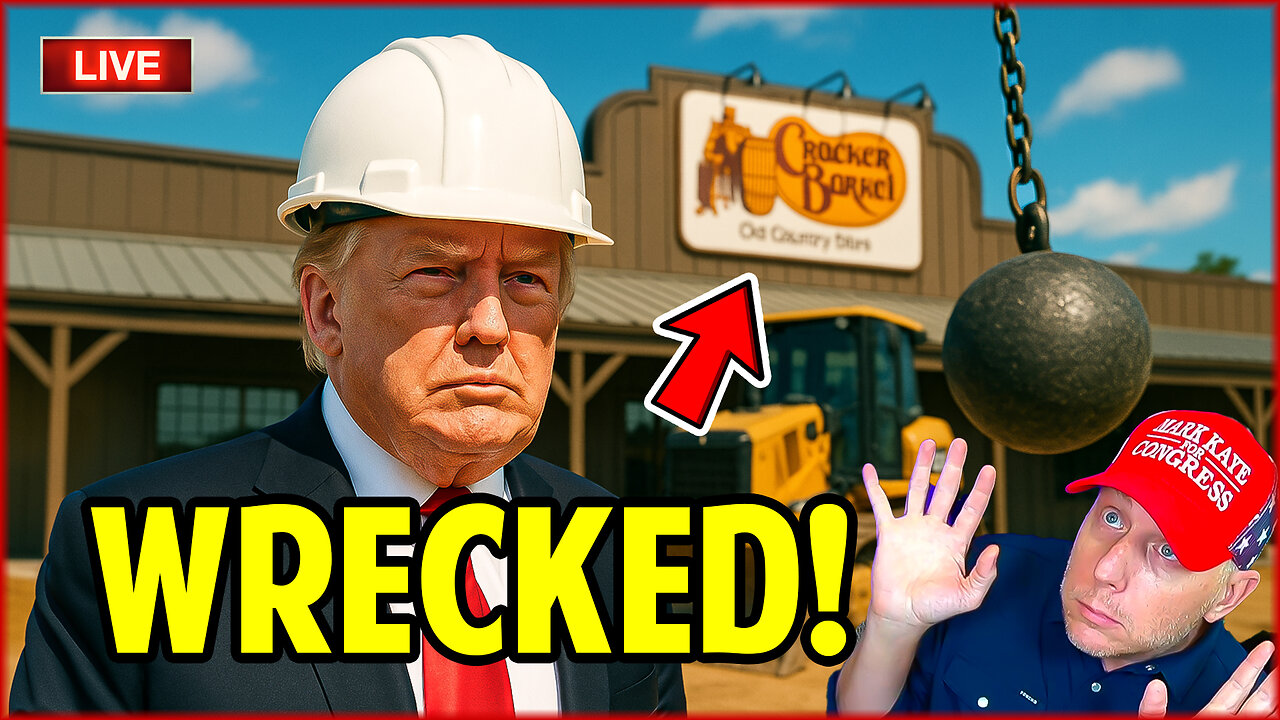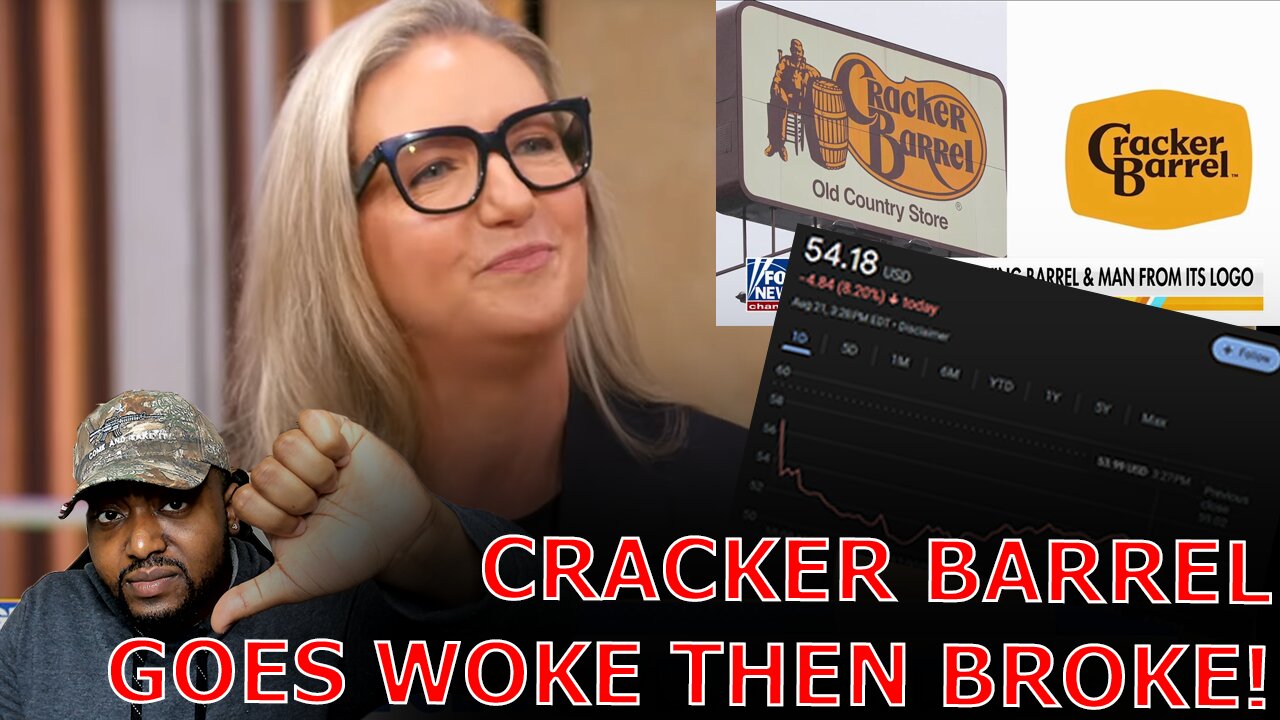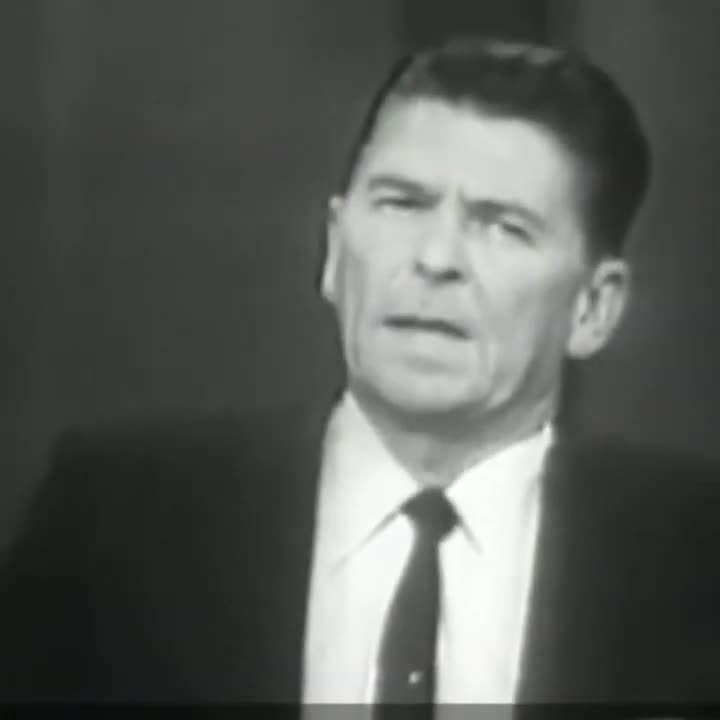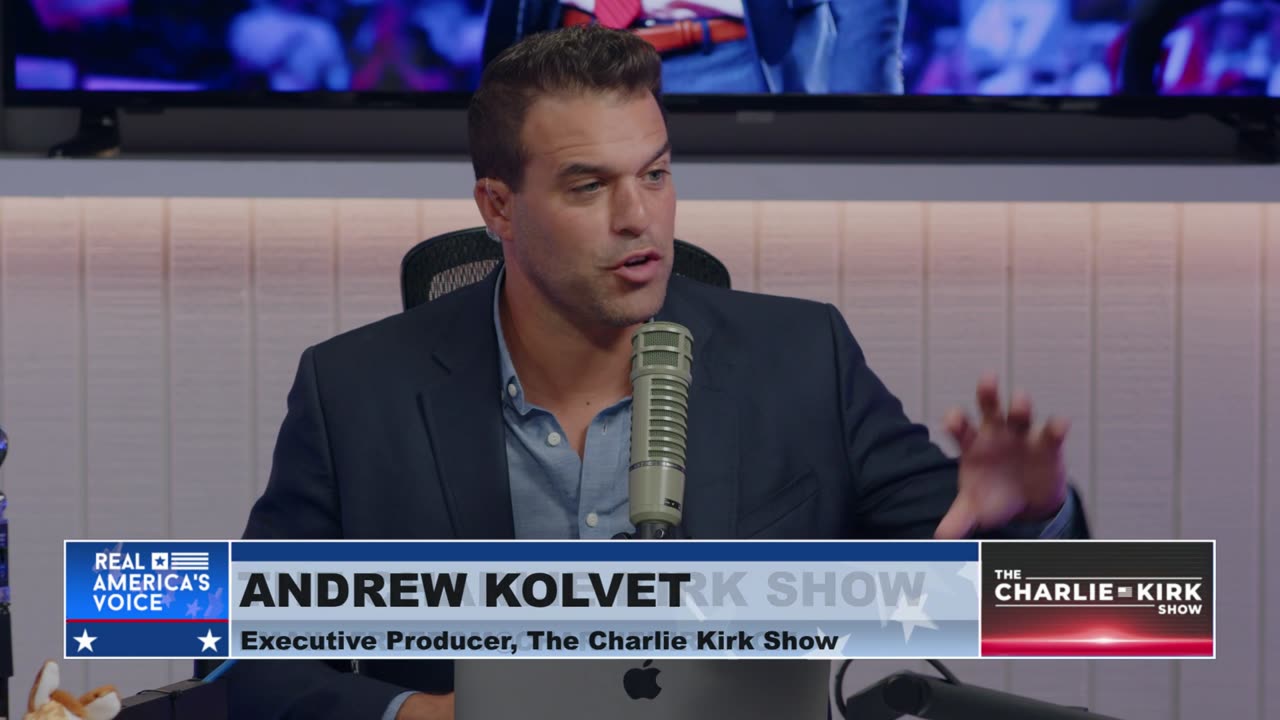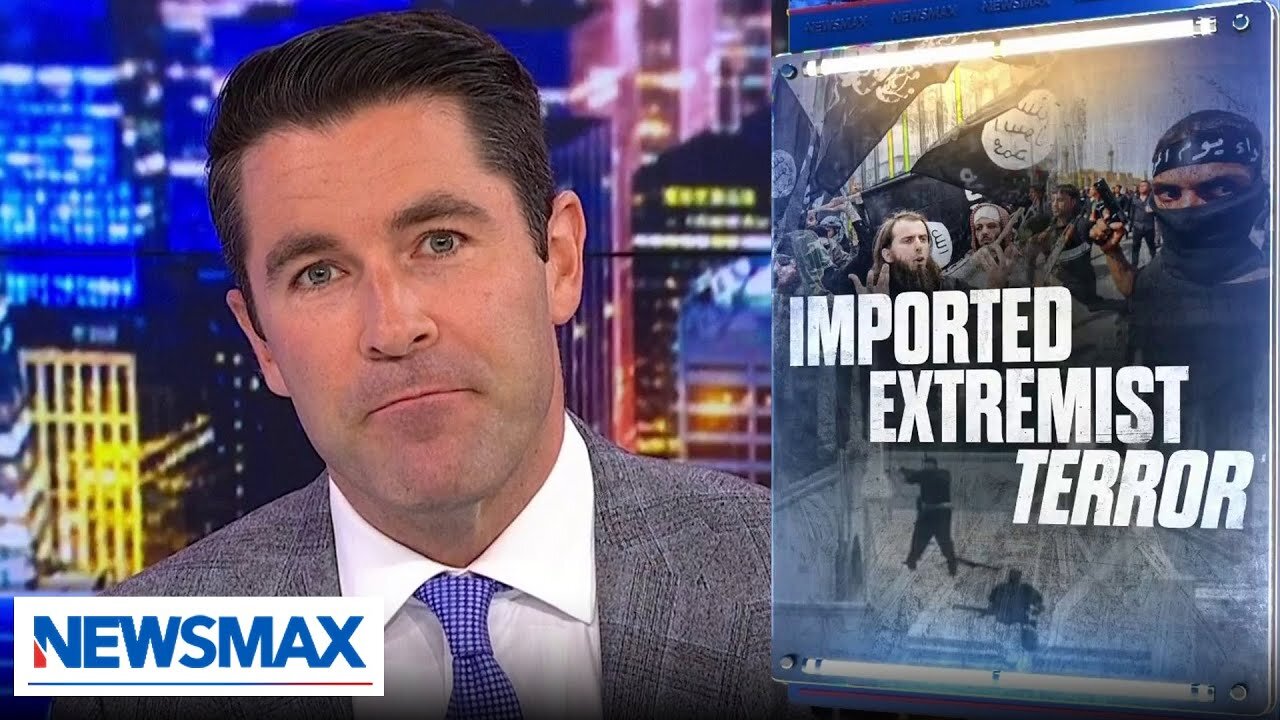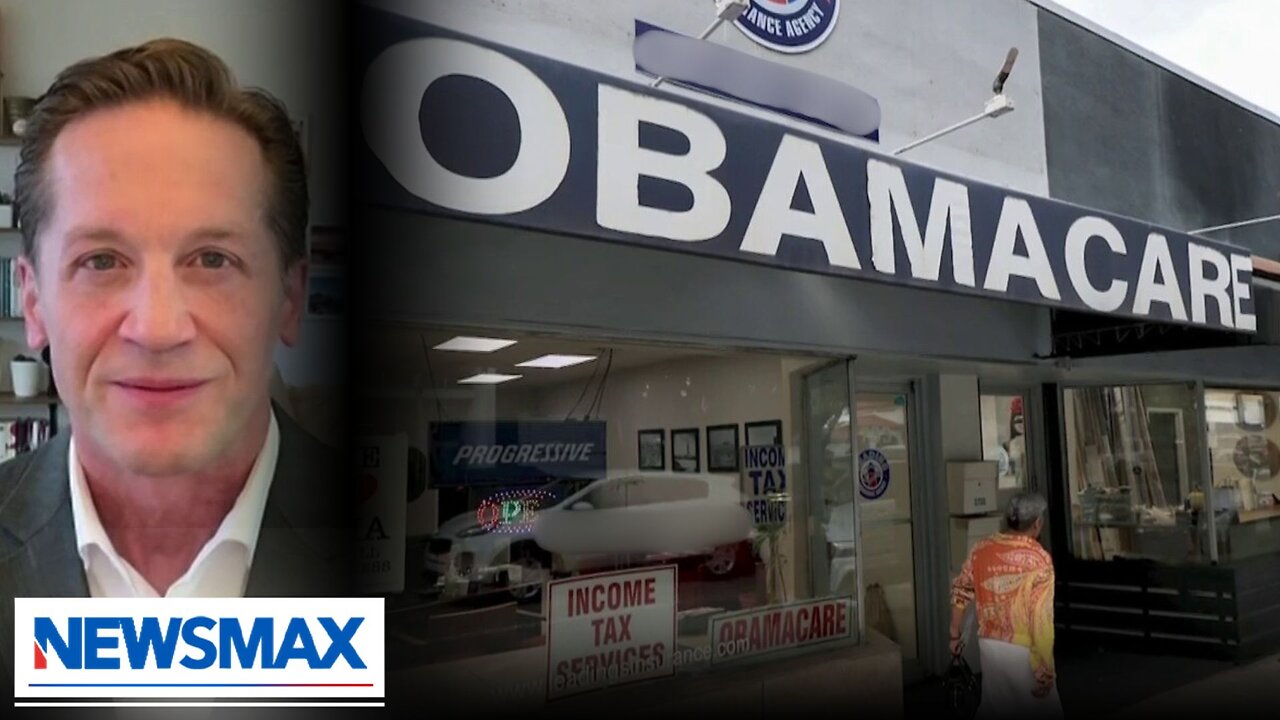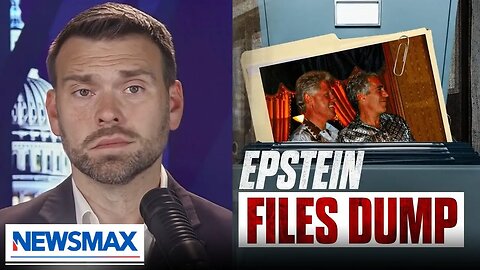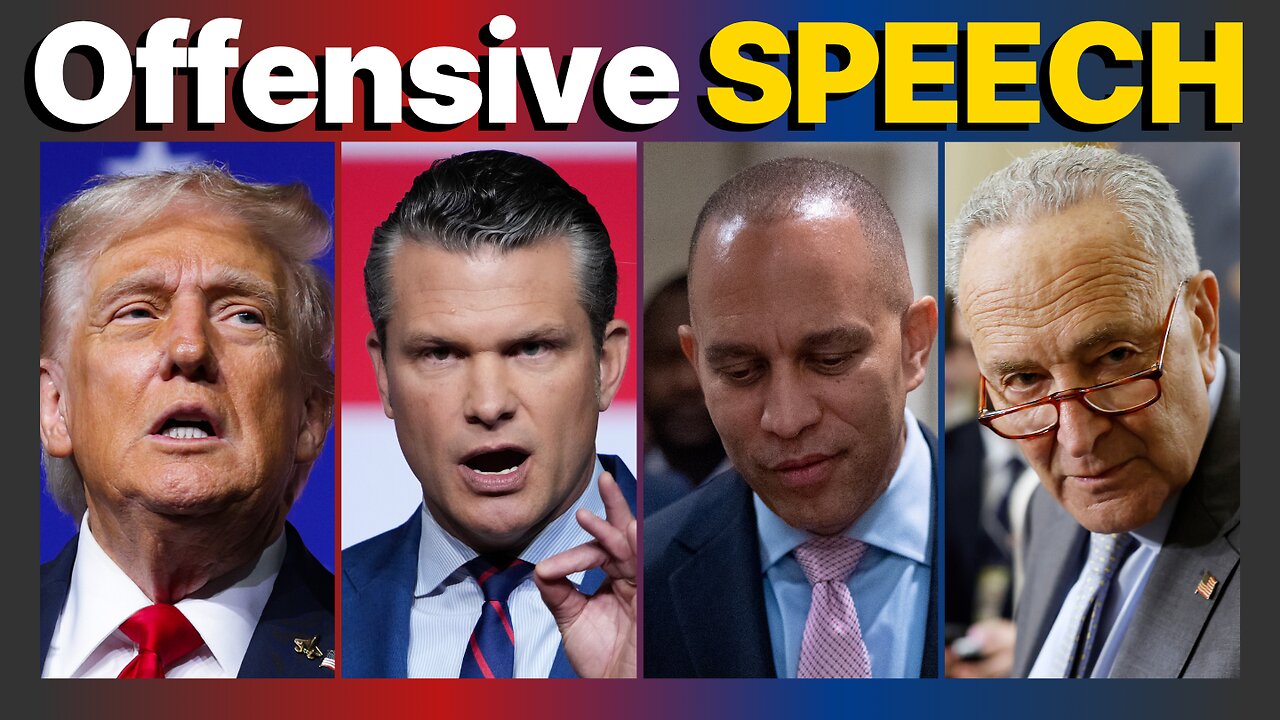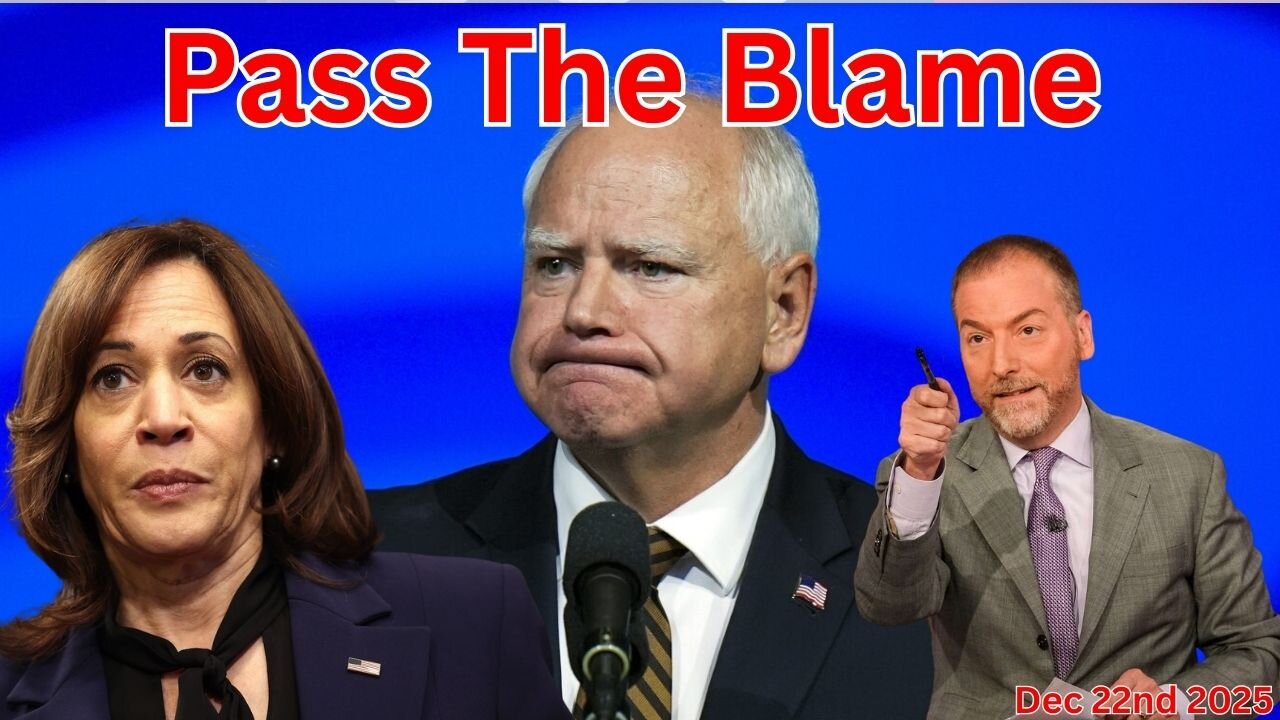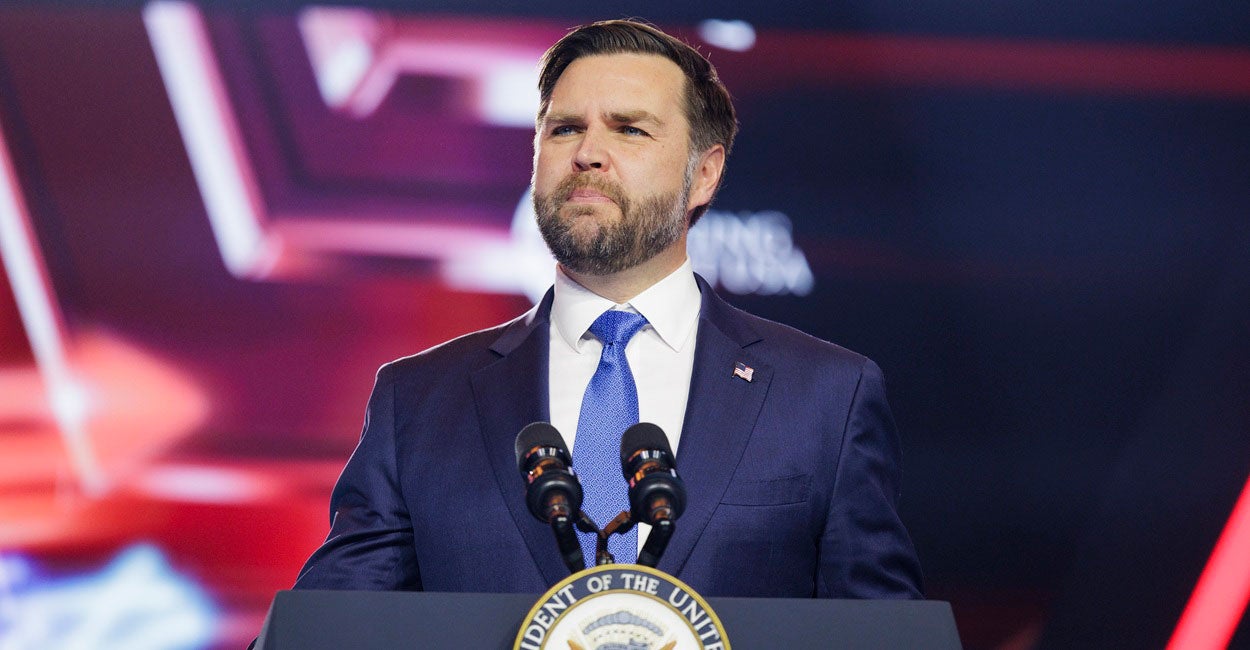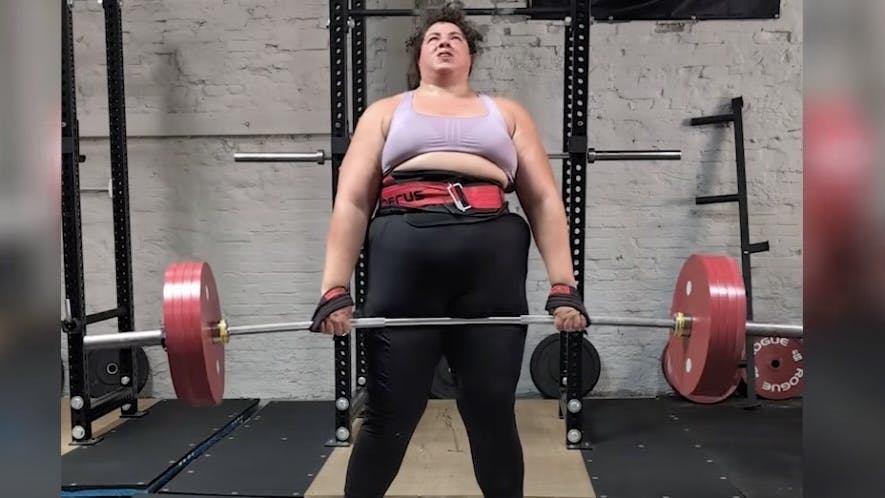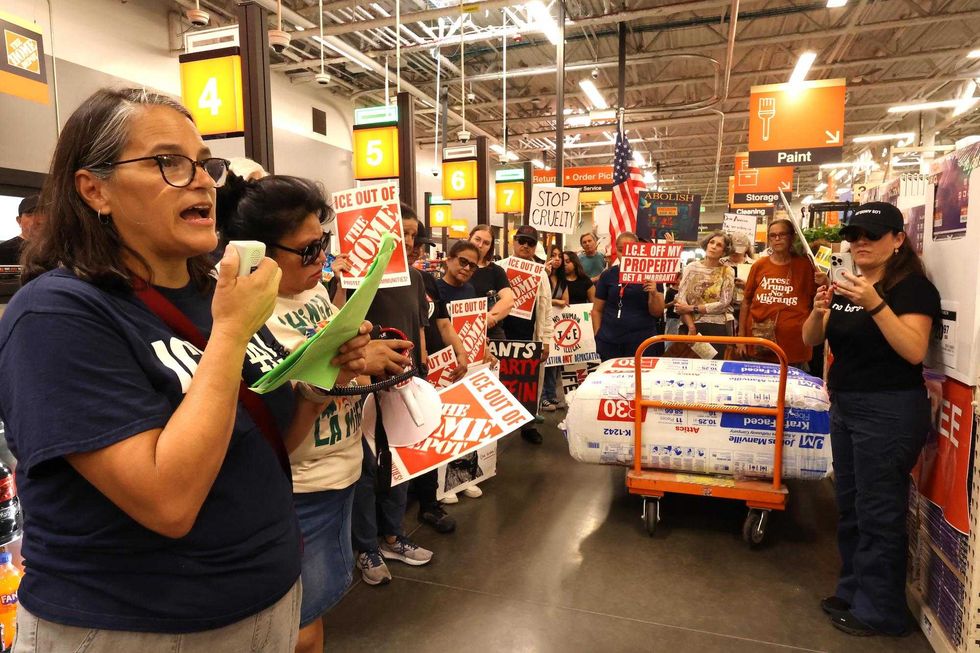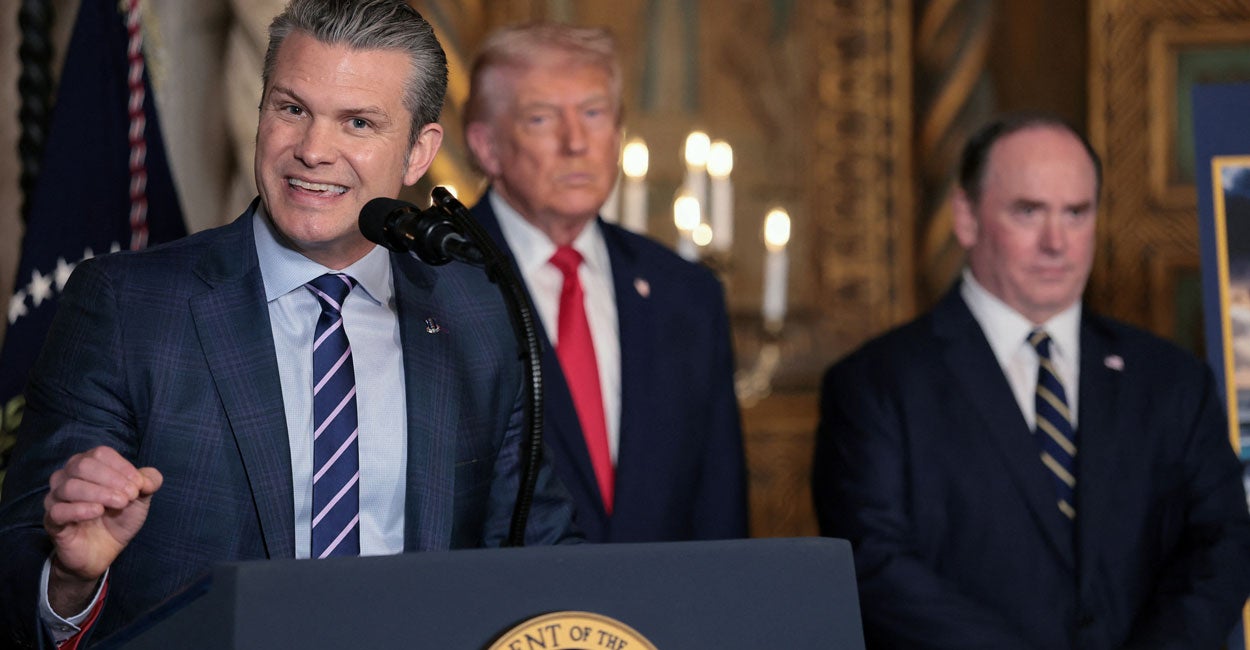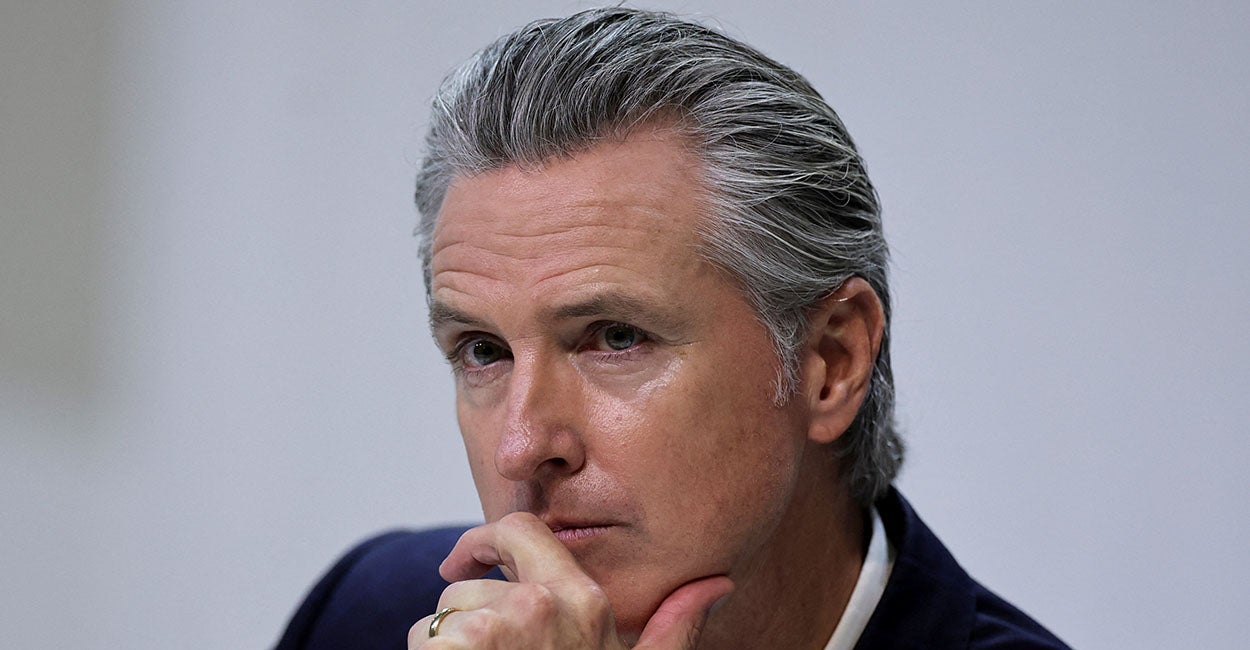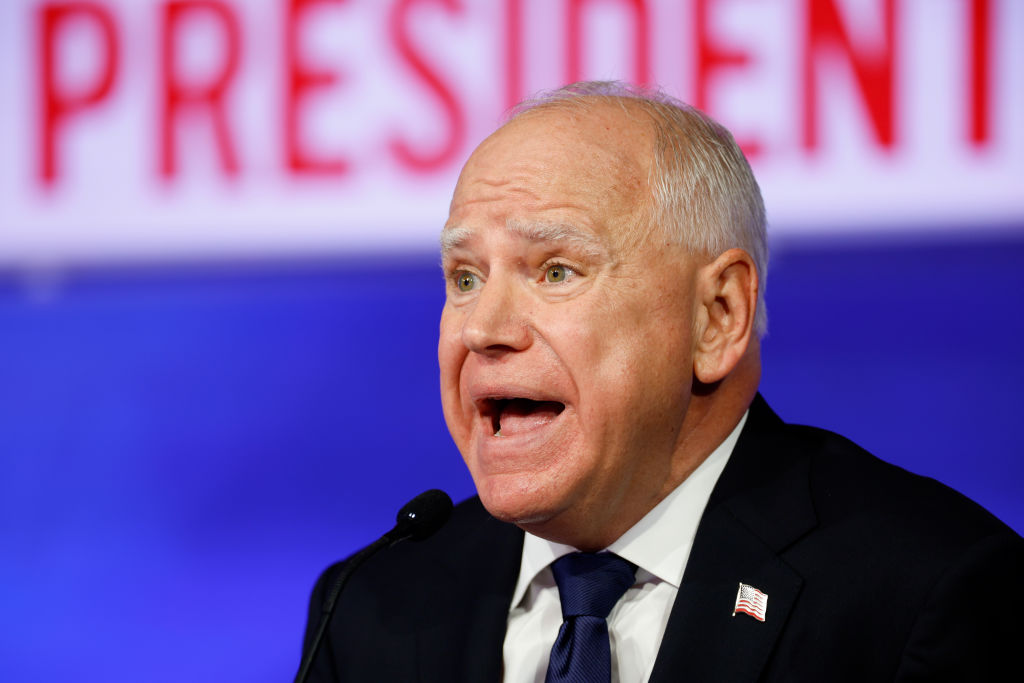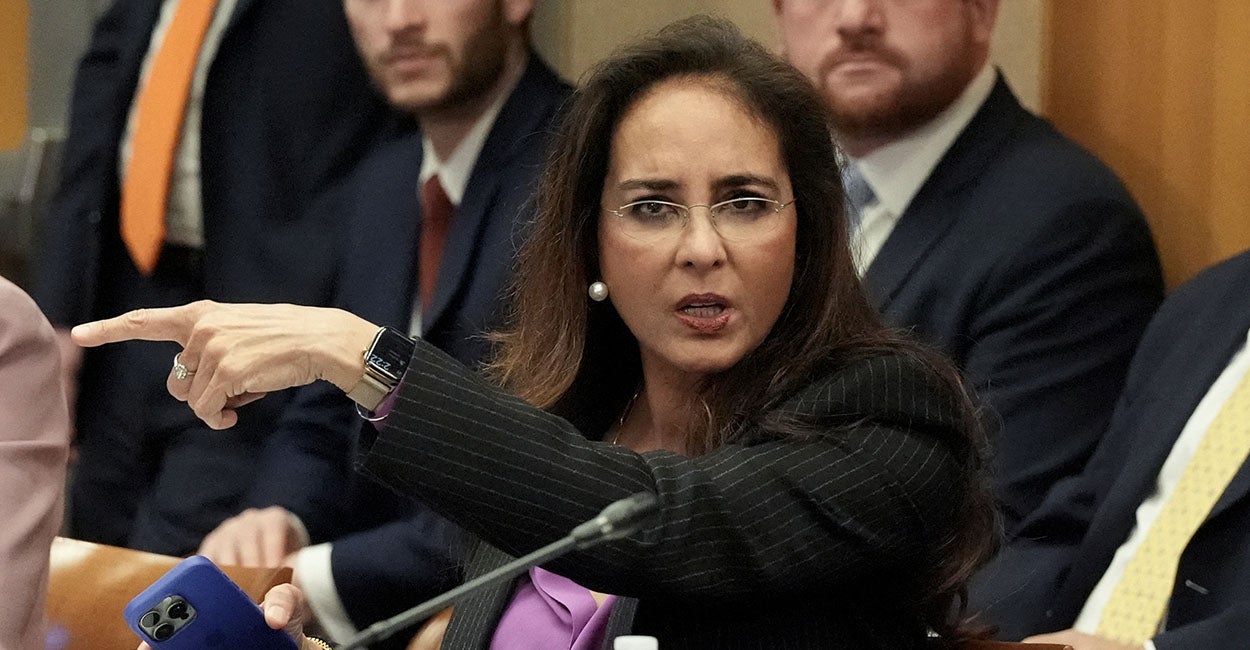Truckers push back on driver-shortage ‘myth’ that has led to flood of foreigners in long-haul industry

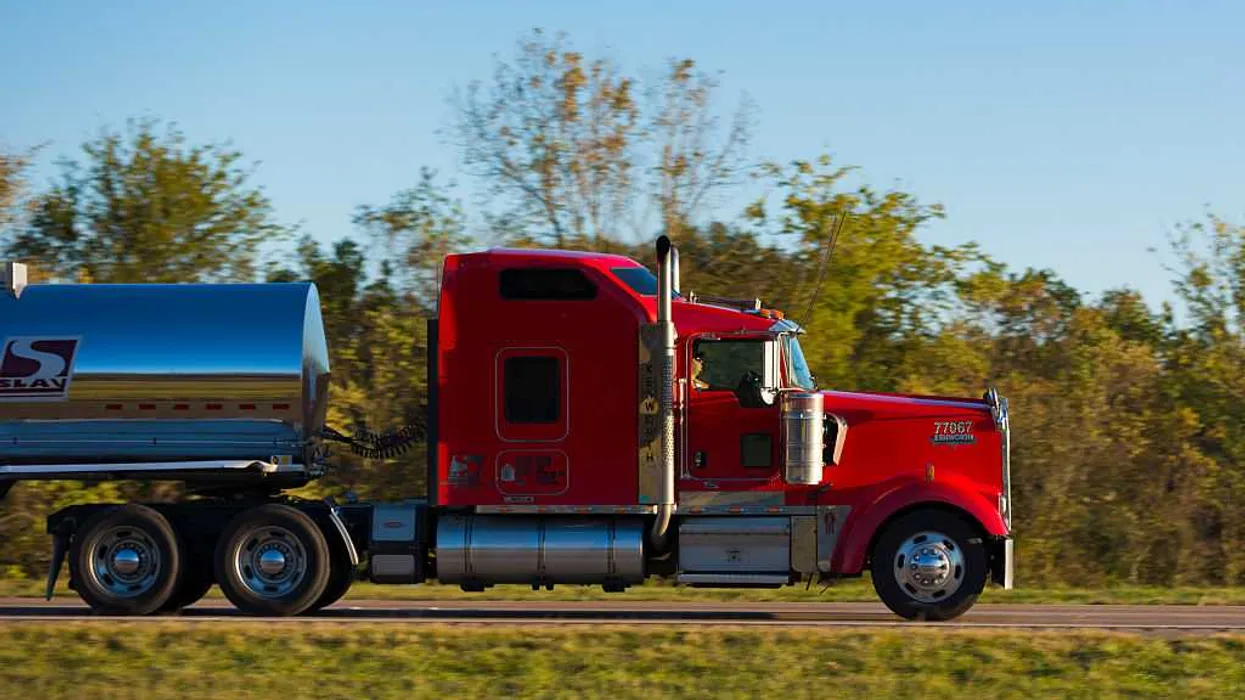
Truck driving was once a career path that epitomized the American dream, offering high pay and lifelong job security. Yet in recent years, the industry has become trapped in a cycle of high turnover, continually refilling positions with inexperienced drivers, prompting concerns about road safety and national security.
Live Your Best Retirement
Fun • Funds • Fitness • Freedom
Multiple truckers told Blaze News that the industry's challenges stem from the myth that it is battling a truck-driver shortage. This narrative has been used to justify heavy government intervention, including taxpayer-funded programs that cover training and recruiting costs, significantly reducing the financial burdens previously borne by carriers or aspiring drivers.
Those who reject the truck-driver-shortage claim argue that this taxpayer-subsidized setup effectively incentivizes labor dumping that masks high turnover caused by dismal wages and poor working conditions.
'We have an artificial supply crisis, not a driver shortage.'
Despite numerous government programs over the past several years addressing the so-called driver shortage, the issue persists, according to the American Trucking Associations, the industry's largest national trade organization. The association has claimed a driver shortage since the 1980s, estimating it to be around 60,000 drivers in 2023. It projected that the shortage may reach 160,000 by 2028.
Yet more than 450,000 new commercial driver's licenses are issued each year, according to the American Association of Motor Vehicle Administrators, and many of those drivers enter long-haul trucking. Under the Biden administration, states issued over 876,000 CDLs between January 2021 and April 2022.
The American Transportation Research Institute, the ATA’s research arm that conducts studies, including analyses to support its driver-shortage claims, has received over $8 million in government contracts since 2007.
In a 2024 report, the National Academies of Sciences, Engineering, and Medicine pushed back on the ATA’s driver-shortage studies, noting that they had “been conducted using proprietary techniques and assumptions that are not publicly defined," adding that "it is not possible to evaluate the validity of their claims.”
“However, those claims are subject to, as a general matter, the basic economic principles of supply and demand. Notably, labor economists maintain that when demand for workers in an occupation increases, the normal response is to increase wages,” the report read.
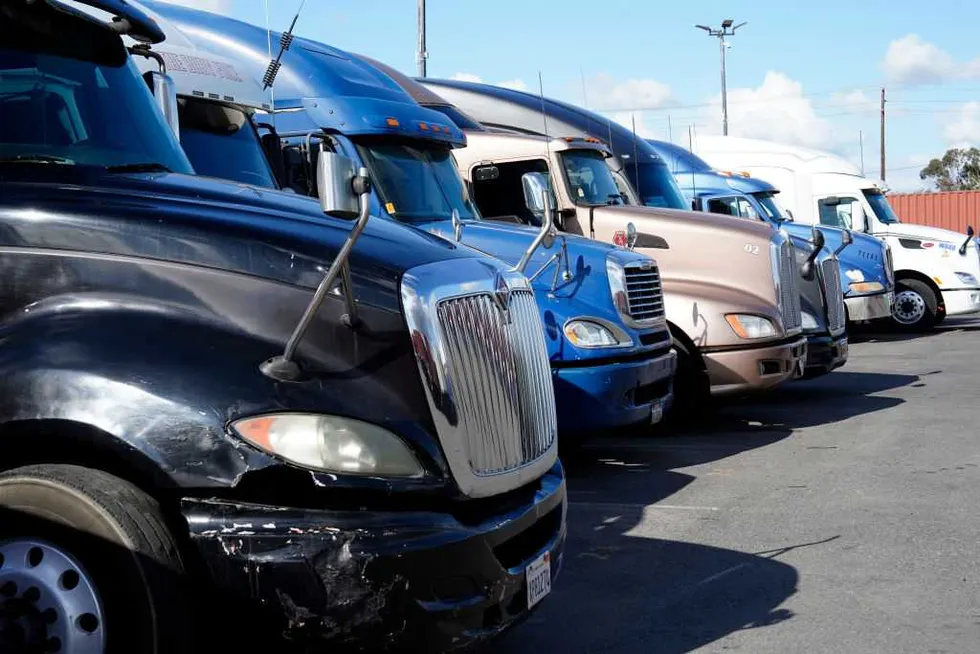 Photographer: Bing Guan/Bloomberg via Getty Images
Photographer: Bing Guan/Bloomberg via Getty Images
Plummeting retention
Some critics of the driver-shortage narrative contend that the real issue affecting the industry is driver retention caused by an unnatural suppression of wages and unsatisfactory working conditions, exacerbated by the Biden administration's open-border chaos. By the ATA's own estimates, the driver turnover rate is over 90%.
American truckers in the 1980s reportedly made an annual salary of more than $110,000, and today, according to the Bureau of Labor Statistics, the median wage in 2024 was just over $57,000. One report indicated that between 1980 and 2018, the industry experienced a 21% average wage decrease, while some areas of the U.S. experienced a 50% decline.
Shannon Everett with American Truckers United rejected the ATA's narrative, arguing that if such a shortage did exist, wages would be on the rise.
“How can you simultaneously have a driver shortage and a collapse in pricing?” Everett told Blaze News. “The trucking industry shows no signs of escaping a three-year pricing crisis. We have an artificial supply crisis, not a driver shortage.”
He stated that the ATA’s shortage claims are “counterintuitive to supply and demand economics.”
Another issue impacting driver retention is declining working conditions. Truckers told Blaze News that many drivers are typically paid by the mile, meaning any time spent waiting to load or unload is not compensated. Drivers lose $1.1 billion to $1.3 billion in earnings to detention time, according to a 2018 study from the Department of Transportation’s Office of Inspector General.
Some truckers argue that these slowdowns can create safety issues, as many drivers are in a rush to get back on the road to make up for the lost wages. These logistical inefficiencies stem from outdated warehouses, a need for more warehouse workers, and the lack of any direct and easily measurable cost impact on the retailers that operate the warehouses.
RELATED: The shocking details behind another fatal illegal alien truck crash
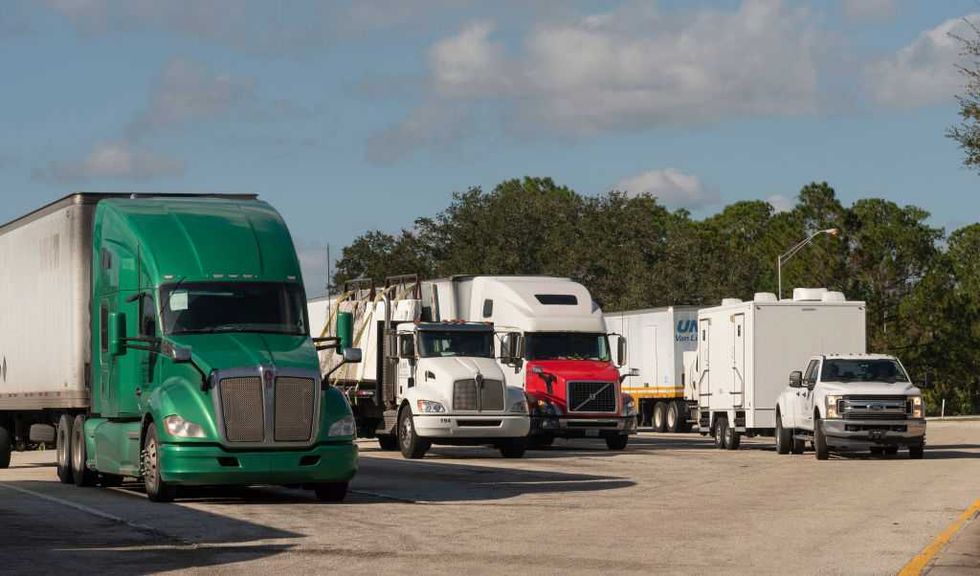 Photo by: Peter Titmuss/UCG/Universal Images Group via Getty Images
Photo by: Peter Titmuss/UCG/Universal Images Group via Getty Images
Biden's taxpayer-funded solutions
The Biden administration sought to address these issues by effectively throwing money at the industry. In December 2021, former President Joe Biden announced an action plan stating that the DOT's Federal Motor Carrier Safety Administration would provide over $30 million to states to “expedite CDLs.”
The administration’s Department of Labor and DOT partnered to launch the Driving Good Jobs initiative, which in part set out to “identify[] effective and safe strategies to get new entrants in the field from underrepresented communities, including women and young drivers between the ages of 18-20.”
The driver-shortage narrative has also been used to justify taxpayer-funded tuition assistance to driving schools, some of which are operated by large carriers. Aspiring drivers may qualify for Pell grants, with some driving schools eligible for federal student aid. The Workforce Innovation and Opportunity Act could also help to cover these fees.
In 2023, Biden’s FMCSA awarded roughly $48 million in grant funding to increase CDL “training opportunities and continue to improve the process to obtain a CDL." The FMCSA also allocated $3.5 million to Commercial Motor Vehicle Operator Safety Training Grants, intending to “help reduce the severity and number of crashes involving commercial motor vehicles on U.S. roads by expanding the number of CDL holders possessing operator training.” This grant program prioritized active military members and veterans, but noted that “special consideration is given to students from underserved communities and refugees.”
’It’s classic corporate welfare combined with regulatory capture, Washington doing the bidding of the largest players at the expense of everyone else on the road.’
The ATA responded positively to the trucking action plan, stating that it was “encouraged that the Biden administration has not only recognized the importance of adding new and well-trained Americans to the trucking workforce, but has announced a path forward with what we believe will become a robust training opportunity for future commercial truck drivers.”
“Using apprenticeships will help any American pursue a career in this great industry for good wages and benefits in a safe manner without the significant debt many jobseekers can sometimes incur,” the ATA stated. “We applaud the Biden administration for taking these important steps and we look forward to working with them to ensure a smooth and rapid implementation of the commitments made.”
Meanwhile, Biden rapidly expanded so-called “lawful pathways” for foreign nationals, allowing asylum seekers, refugees, and those with Temporary Protected Status — even those who entered the country illegally — to apply for work authorization, thereby allowing them to join the trucking industry.
Biden's action followed the Obama administration’s decision to remove the requirement to place drivers out of service for failing to meet English proficiency standards, further contributing to the road safety and national security issues in America's trucking industry today.
“We believe that hundreds of thousands of refugees were intentionally dumped into the trucking industry for profit," Everett told Blaze News.
These government interventions prompted an artificial surge in new, inexperienced truck drivers entering the industry, which, in turn, justified depressed wages, as employers treat the roles as entry-level and disposable.
RELATED: Exclusive: DOT withholds $40M from blue state for flouting English requirements for truckers
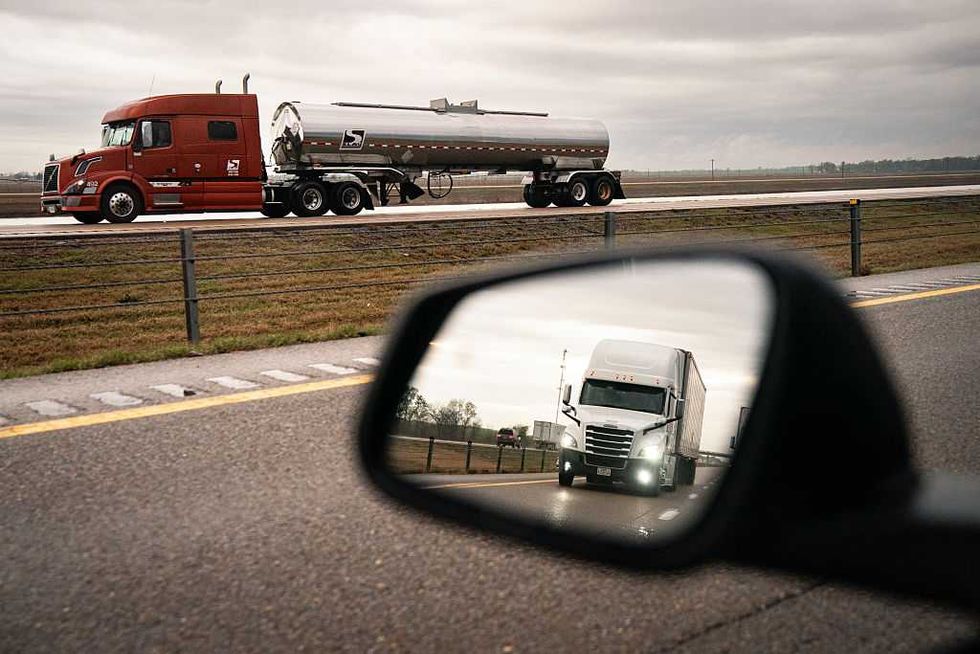 Photographer: Al Drago/Bloomberg via Getty Images
Photographer: Al Drago/Bloomberg via Getty Images
Who does the ATA represent?
Collin Long, the director of government relations for the Owner-Operator Independent Drivers Association, told Blaze News, "The real issue isn’t a shortage of drivers, it’s a shortage of drivers willing to stay in an industry that treats them like disposable labor."
“The big carriers prefer to churn through cheap, inexperienced drivers instead of investing in training and fair pay for professionals,” he said. “It’s a dangerous business model that puts every family on the highway at greater risk. Experience leads to greater safety, and ATA’s churn-and-burn approach undermines both.”
While the ATA maintains that there is a driver shortage, critics argue that the organization does not fully represent the industry, citing that its board is dominated by executives from large carriers. Yet the ATA reports that 91.5% of the country's trucking companies operate 10 or fewer trucks. Critics also contend that the ATA has not adequately protected smaller trucking companies, instead prioritizing the interests of mega carriers.
‘If the ATA’s sole existence was to put the small guys out of business, they are very, very bad at their jobs.’
Long told Blaze News that the ATA’s policies have often been “detrimental to small-business truckers and to highway safety.”
“Whether it’s taxpayer-funded CDL mills or pushing to let 18-year-olds operate big rigs across the country, ATA’s agenda serves corporate megacarriers, not the men and women who actually keep America moving,” Long stated.
“OOIDA fights for small-business truckers trying to make a living, while ATA lobbies for policies that let the biggest carriers use taxpayer funds and government red tape to hamstring their competition,” he continued. “It’s classic corporate welfare combined with regulatory capture, Washington doing the bidding of the largest players at the expense of everyone else on the road.”
Everett similarly contended that the ATA "has evolved into an entity entirely focused on the interests of the billion-dollar mega carriers and power-only brokerages.”
When asked whether he believes the ATA has helped or hurt smaller trucking companies, Justin Martin, a 15-year trucking industry professional who goes by SuperTrucker on X, told Blaze News that it was a “very complicated issue."
“The gut instinct of most trucking companies, like the smaller guys, they think that the ATA hurts them. And if the ATA had their way, that is 100% true,” he explained. “But everything that the ATA has done has actually helped the small guys over the years because there are over half a million trucking companies in the United States. ... So if the ATA’s sole existence was to put the small guys out of business, they are very, very bad at their jobs.”
However, Martin argued that the ATA has been “messing with the wage mechanism” within the industry. He explained that by constantly pushing the claim of a driver shortage, it not only justifies government-funded driver training, but it also allows the ATA to increase rates for shippers.
The ATA did not respond to a request for comment.
Like Blaze News? Bypass the censors, sign up for our newsletters, and get stories like this direct to your inbox. Sign up here!
Originally Published at Daily Wire, Daily Signal, or The Blaze
What's Your Reaction?
 Like
0
Like
0
 Dislike
0
Dislike
0
 Love
0
Love
0
 Funny
0
Funny
0
 Angry
0
Angry
0
 Sad
0
Sad
0
 Wow
0
Wow
0






